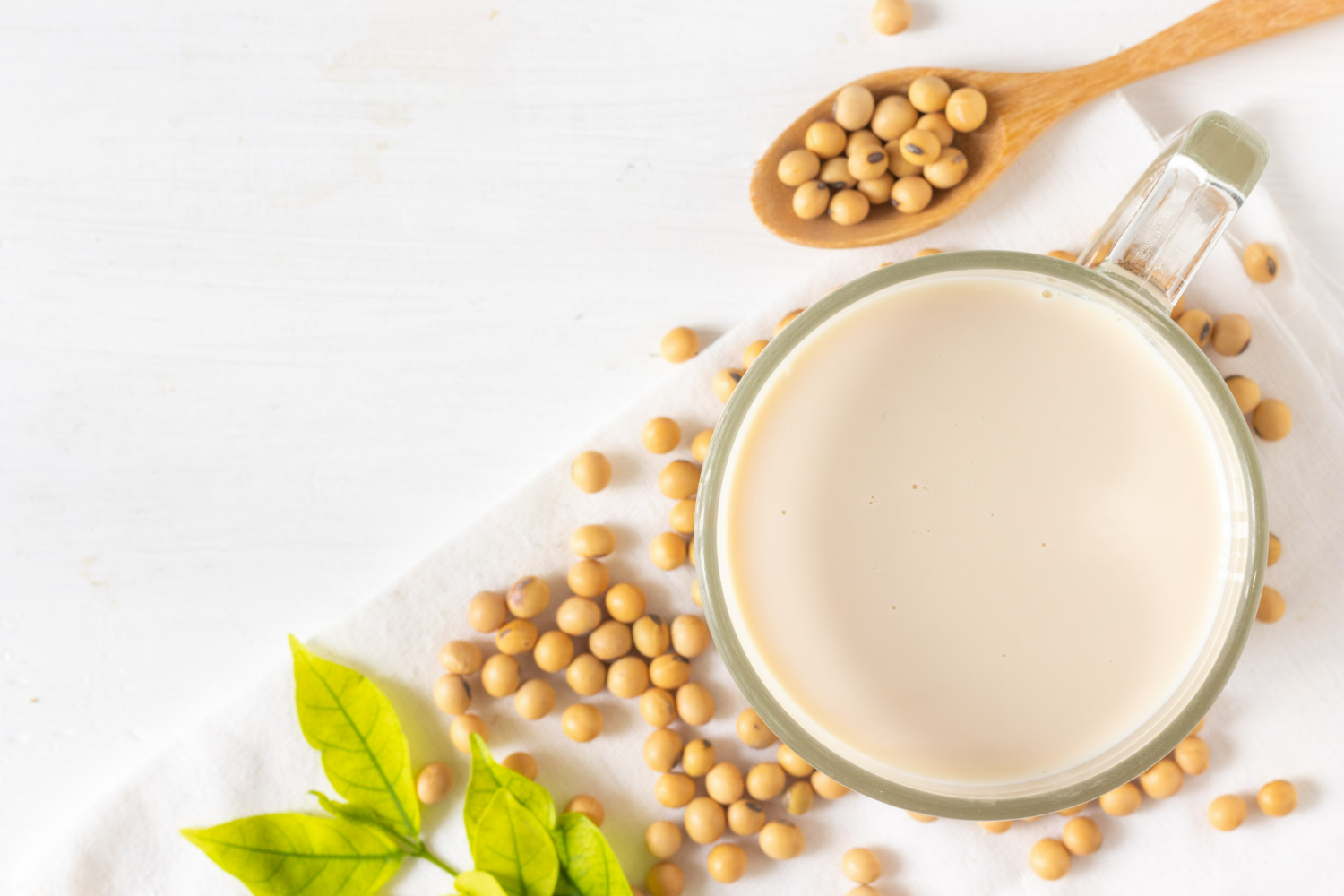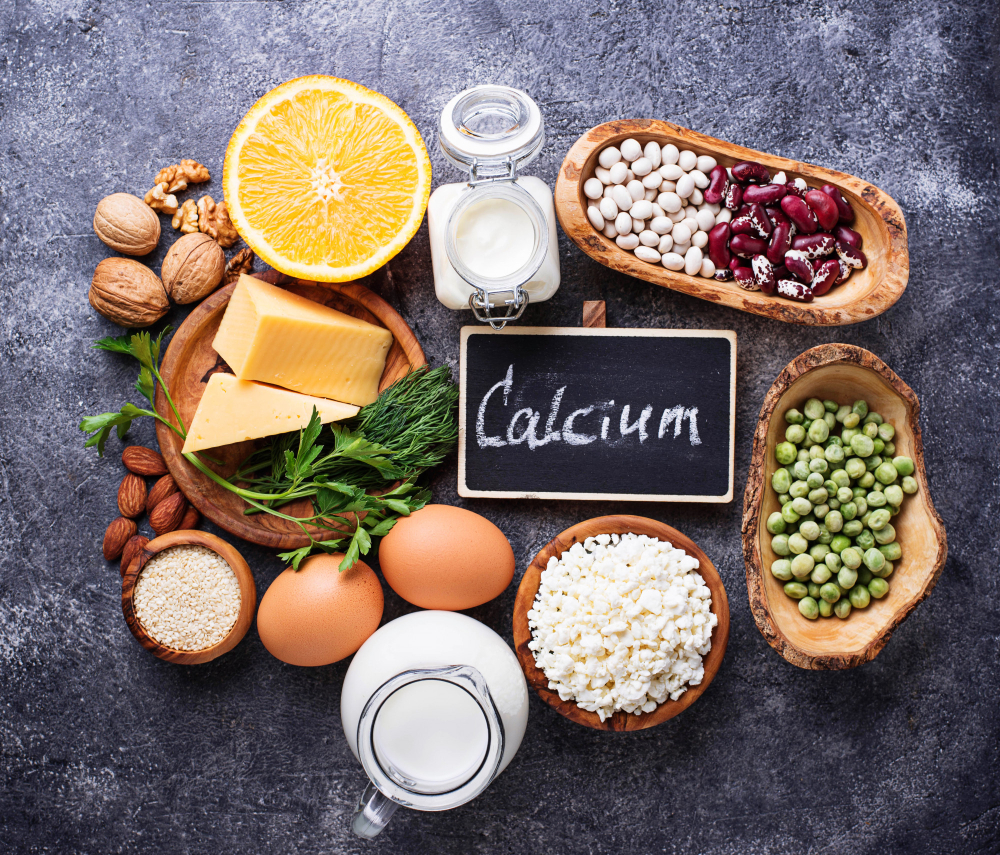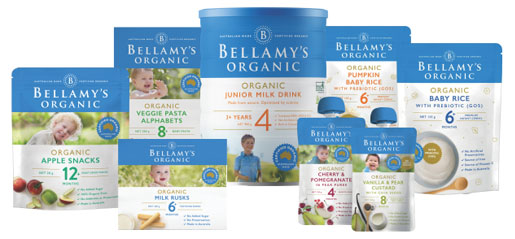What You Need to Know About Soy in Baby Formula
Few foods have had a more swift fall from grace than soy. Once touted as a health food, many now believe that soy should be avoided– particularly in infant formulas. In this article, we will take a close look at soy, address common concerns, and explain how soy oil and soy lecithin can be safe and functional ingredients in your baby’s formula.

What is Soy?
“Soy” is any product that is made from soybeans, a legume that’s grown widely in the United States and Asia. Soy products include:
-
-
- Whole soy items, such as tofu and soy milk
- Fermented products, like soy sauce and miso
- Processed products, including meat and cheese substitutes and soy protein isolate
- Soy oils and derivatives, including soy lecithin
-
In baby formulas, soy can be used as a source of protein and fat (using soy protein isolate and soybean oil respectively) or as an emulsifier (using soy lecithin).
Nutritional Benefits of Soy
In many of its forms, soy provides vital nutrients and minerals including:
Vitamin C, Vitamin K, Iron, Potassium, Thiamine, Folate, Riboflavin, Magnesium, Zinc, Phosphorus, Copper, Manganese, Vitamin B6, Niacin, and Vitamin E (healthline.com)
Additionally, soy provides plant-based protein and is known to contain prebiotic fiber which aids in digestion. There is also some evidence that consuming soy products may help protect against high cholesterol levels or ease symptoms of menopause.
Most sources agree that soy can be a beneficial part of a balanced diet when consumed in moderation.
Soy in Infant Formulas
Infant formulas can use soy in three ways: as a protein source, as a fat source, and/or as an emulsifier. Concerns about the safety and appropriateness of soy for infants typically stem from the use of soy protein.
Soy as a Protein Source
All infant formulas are required to have a protein source; protein is a large component of breast milk and is necessary for healthy infant growth. While most infant formulas use cow’s milk protein to meet this need, soy-based formulas, such as Similac Soy Isomil, use soy protein isolate instead. Soy-based formulas provide an option for infants who have Galactosemia and are unable to safely consume breast milk or milk-based formulas. While the great majority of infants are born with the lactase enzyme and are able to break down proteins from milk sources, a very small percentage cannot. The AAP recommends that soy-based formulas only be used for infants with Galactosemia or hereditary lactase deficiency.
Some parents may also choose soy-based formula because it is free from animal byproducts. Families who are vegetarian or are highly concerned about animal welfare may choose to use a soy formula in order to give their baby a plant-based option.
Potential Negative Effects of Soy-Based Formulas
In recent years, concern about soy protein in infant formulas has risen. Soy contains estrogen-like compounds called phytoestrogens that may cause changes in reproductive tissues and cells. From the Children’s Hospital of Philadelphia,
“Soy protein contains high amounts of genistein, an estrogen-like compound. Like other estrogen-mimicking chemicals found in the environment, genistein can alter the body’s endocrine system and potentially interfere with normal hormonal development.” (CHOP.edu)
While large-scale studies in human infants have yet to be conducted, studies of early soy exposure in animals have shown the earlier onset of puberty and changes in both breast and reproductive tissues. Other studies have concluded that women who were given soy formula as infants tend to have longer periods and are more likely to have endometriosis, while another study indicated that early soy exposure can produce changes in gene activation.
Given this evidence, we reiterate the AAP’s recommendation that soy-based formulas should only be given when it is medically necessary to do so.
Safer Soy in Infant Formulas: Soybean Oil
Oils are added to infant formulas in order to mimic the fat content found in breast milk and to provide essential fatty acids and fat-soluble nutrients. Given that cow’s milk fat (on its own) is quite different from breast milk fat, the inclusion of vegetable oils in infant formula provide the necessary fatty acids that are crucial for healthy development. Many U.S. formulas that are not marketed as “soy formulas” use soybean oil to provide this fat.
Soybean oil is inexpensive to produce, is easily available, and is a rich source of these important polyunsaturated fatty acids. Given that phytoestrogens are not found in the fatty portion of the soybean plant from which soy oil is derived, the concerns stated previously about soy protein are not transferable to soy oil.
Discomfort about the use of soy oil in formulas typically center around:
-
-
- Pesticide use on soy crops and pesticide residue in resulting soy products
- Genetic modification or engineering of soy crops
- Processing (or hydrogenation) of the oil which can result in the presence of trans fats
-
The good news? These concerns are mitigated if the soy oil is made from organic soy!
Products that are certified organic must be non-GMO and free of pesticide residue.

Safer Soy in Infant Formulas: Soy Lecithin
It can be tempting to “throw out the baby with the bathwater” when it comes to soy, believing that all soy should be avoided when considering an infant formula. While we believe that soy-based formulas and those made with non-organic soybean oil are not ideal for babies, there is another type of soy that is commonly used and accepted: soy lecithin.
What is Soy Lecithin?
Soy Lecithin is a soy oil byproduct that is typically used as an emulsifier; it helps prevent the separation of fats and oils in processed products. Many of the products that we consume on a daily basis contain soy lecithin including salad dressings, chocolate, canned soups, peanut butter, and even some teas. As a stabilizing product, soy lecithin is also used to prevent clumping in powered products. It’s nearly impossible to avoid soy lecithin if your diet includes processed foods in any form.
Benefits of Soy Lecithin
All lecithin (which include soy, egg, sunflower and more) are comprised of both oil and phospholipids. In soy lecithin, the predominant phospholipid is a compound called phosphatidylcholine. While this ingredient may not be familiar to you, it is meaningful as it’s also found in breast milk! From the National Institutes of Health,
As such, soy lecithin is often used in infant formulas to both stabilize the product (prevent separation or clumping) as well as to increase the volume of the micronutrients listed above to more closely mimic the composition of breast milk.
Many trusted organic formulas include soy lecithin as an ingredient, including Baby’s Only, Kabrita, and Bellamy’s Organic
Soy Lecithin Concerns
For those concerned about soy exposure, it’s important to note that soy lecithin contains very minimal traces of soy protein. As such, many children with diagnosed soy allergies are able to safely consume soy lecithin. Given the low volume of soy protein, the concerns listed above about soy protein as a phytoestrogen are generally not applicable to soy lecithin.
As always, please discuss with your pediatrician before introducing a new formula, particularly if you suspect a soy protein allergy or are concerned about the quality of the formula’s ingredients.
The Final Say on Soy
So what’s the verdict? Soybean oil and soy lecithin are regarded as safe ingredients in infant formulas. Given that soy oil and soy lecithin may contain residues, however, we do recommend ensuring that any soy used is non-GMO and organic.
Featured post
-
05 Diet Plans That Are Good For Your Health
31/07/2022
-
Best Times to Sleep for Adults & Children
01/06/2022








